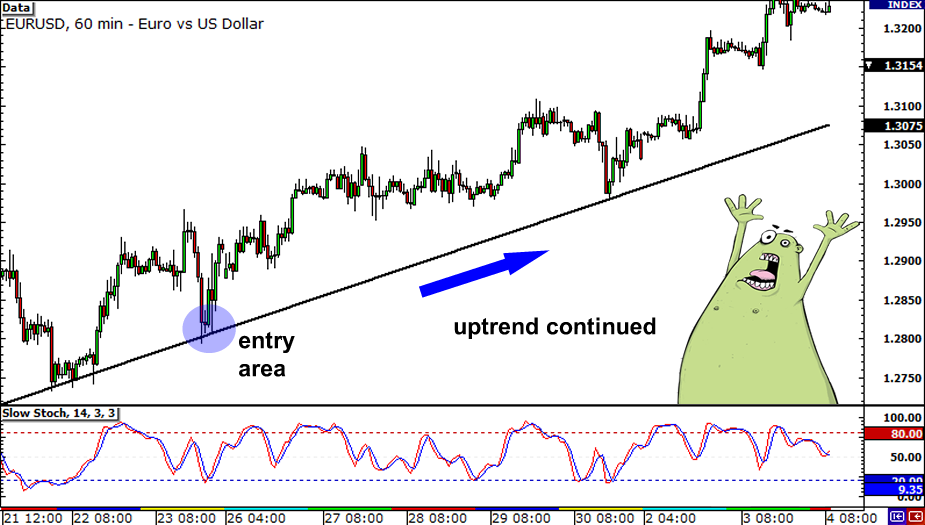
Are you looking to find retirement advice? Here are some tips to help you achieve your retirement goals. Read on to discover how you can limit your spending and create a retirement savings plan. Continue reading to learn about Roth retirement plans and how to automate them. You can have a stress-free and happy retirement by following these tips. Here are some tips for working people who want to retire stress-free.
Limiting debt
Limiting your debt can have many benefits. For example, you can avoid having to pay late fees or a late payment fee. You can also make smaller monthly repayments to your debt. You can have a secure retirement by limiting your debt. Avoiding these pitfalls will save you headaches later. How do you reduce your debt? Here's some information to help.

A mortgage, home equity loan or margin loan can be a great way of building wealth over time. However, you must repay it. This can have a major impact on your monthly retirement income. Assuming your retirement income is sufficient to cover the debt, you should be capable of putting $25,000 more towards it. This will allow you to retire debt-free. This extra $25,000 could make the difference between financial hardship and a comfortable retirement. It will save you $11,000 each year, and increase your spending cushion by $12,000 annually.
Setting a budget
It is important to consider the essential expenses of retirement when you calculate how much money should be set aside. These expenses include healthcare, housing and transportation. These are the things that will require the largest chunk of your income in retirement. Include prescriptions and the costs associated with medical insurance. Next, add a little more. You can track how much you have and what you are able to save.
Once you have a rough idea of what you will need for retirement, you can start to estimate the monthly expenses. Some people assume they'll need to spend between 75% and 88% of their annual salary. While some people may estimate a slightly lower amount, it is still reasonable. Even the smallest purchases like an extra jar or a cup of coffee should be budgeted.
Investing In A Roth 401(k).
When you are young, you may be in the lowest tax bracket and would benefit from investing in a Roth 401(k). This allows your money to grow tax-free for longer. This is not always true. It might be a good idea to start a Roth if you expect higher future income. This option is also worth considering if your business is just beginning or you are transitioning between jobs.

If your employer offers a Roth401k, you can invest in that. However, there are certain restrictions. The income limit is not the only thing that employers must consider. They should also set up a system for Roth and traditional retirement accounts. This can be very costly. It is not offered by all employers. It is a good idea to speak with a financial advisor before you start investing in Roth 401(k).
Automate your retirement savings
You likely already have a retirement savings plan for your 401(k), even if you work in a for-profit business. This plan can be joined at any time. It will automatically deduct a percentage of your pay each pay period. You can also open a Roth or traditional IRA and arrange to have money automatically deposited into it on your payday. Then, you don't need to think about it.
Automated investing is a great way for simplifying your monthly savings strategy, whether you are saving for retirement or paying down debt. But, be sure to set up the appropriate account for your goals. Combining both of these methods will result in a healthy nest. A 401(k), or a combination of both, can increase your retirement savings. It can even be beneficial for those who have extreme savings goals, like paying off debt.
FAQ
Should I diversify my portfolio?
Many believe diversification is key to success in investing.
Many financial advisors will advise you to spread your risk among different asset classes, so that there is no one security that falls too low.
However, this approach doesn't always work. It's possible to lose even more money by spreading your wagers around.
For example, imagine you have $10,000 invested in three different asset classes: one in stocks, another in commodities, and the last in bonds.
Imagine the market falling sharply and each asset losing 50%.
You still have $3,000. However, if all your items were kept in one place you would only have $1750.
In real life, you might lose twice the money if your eggs are all in one place.
This is why it is very important to keep things simple. Take on no more risk than you can manage.
Do you think it makes sense to invest in gold or silver?
Since ancient times, the gold coin has been popular. And throughout history, it has held its value well.
Like all commodities, the price of gold fluctuates over time. A profit is when the gold price goes up. You will lose if the price falls.
No matter whether you decide to buy gold or not, timing is everything.
At what age should you start investing?
The average person invests $2,000 annually in retirement savings. You can save enough money to retire comfortably if you start early. Start saving early to ensure you have enough cash when you retire.
You should save as much as possible while working. Then, continue saving after your job is done.
The sooner that you start, the quicker you'll achieve your goals.
Consider putting aside 10% from every bonus or paycheck when you start saving. You may also choose to invest in employer plans such as the 401(k).
Contribute enough to cover your monthly expenses. After that, you can increase your contribution amount.
Statistics
- According to the Federal Reserve of St. Louis, only about half of millennials (those born from 1981-1996) are invested in the stock market. (schwab.com)
- 0.25% management fee $0 $500 Free career counseling plus loan discounts with a qualifying deposit Up to 1 year of free management with a qualifying deposit Get a $50 customer bonus when you fund your first taxable Investment Account (nerdwallet.com)
- If your stock drops 10% below its purchase price, you have the opportunity to sell that stock to someone else and still retain 90% of your risk capital. (investopedia.com)
- They charge a small fee for portfolio management, generally around 0.25% of your account balance. (nerdwallet.com)
External Links
How To
How to Invest with Bonds
Investing in bonds is one of the most popular ways to save money and build wealth. There are many things to take into consideration when buying bonds. These include your personal goals and tolerance for risk.
In general, you should invest in bonds if you want to achieve financial security in retirement. You might also consider investing in bonds to get higher rates of return than stocks. Bonds are a better option than savings or CDs for earning interest at a fixed rate.
If you have the cash available, you might consider buying bonds that have a longer maturity (the amount of time until the bond matures). While longer maturity periods result in lower monthly payments, they can also help investors earn more interest.
There are three types available for bonds: Treasury bills (corporate), municipal, and corporate bonds. Treasuries bill are short-term instruments that the U.S. government has issued. They have very low interest rates and mature in less than one year. Large companies, such as Exxon Mobil Corporation or General Motors, often issue corporate bonds. These securities tend to pay higher yields than Treasury bills. Municipal bonds are issued by state, county, city, school district, water authority, etc. and generally yield slightly more than corporate bonds.
When choosing among these options, look for bonds with credit ratings that indicate how likely they are to default. Investments in bonds with high ratings are considered safer than those with lower ratings. The best way to avoid losing money during market fluctuations is to diversify your portfolio into several asset classes. This helps protect against any individual investment falling too far out of favor.